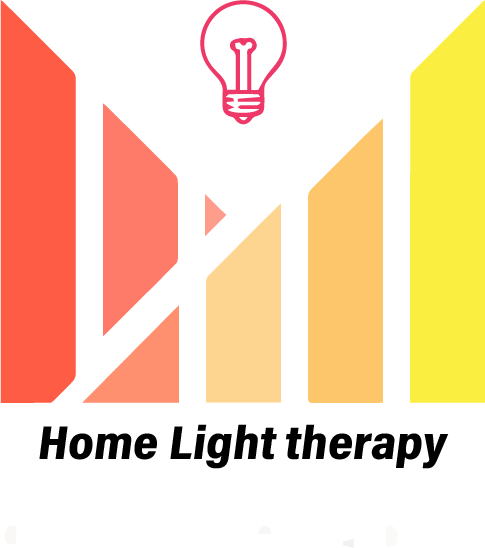Pain management – can we use red and infrared light to help get people off painkillers?
The paper below (2) is a review paper that looked specifically at the prospect of using LLLT and HILT to replace NSAID and other opioids
“Alayat et al. found that HILT combined with exercise in patients with chronic low back (3) and neck (4) pain was more effective than exercise therapy alone and also had a more sustained effect in decreasing pain and functional disability (for example, improving range of motion), and beneficial effects lasted for up to 3 months.
There are many mechanisms at work with photobiomodulation, from chromophore absorption leading increased efficiency of mitochondrial function, reduction of reactive oxygen species and modulation of inflammatory markers such as cytokines.
"Cellular chromophores are presumed to be the receptor sites responsible for the beneficial effects of the laser light beam, including both cytochrome c oxidase (with absorption peaks in the near-infrared range) and photoactive porphyrins 55. Mitochondria are also thought to be a site for the therapeutic effects of infrared light, leading to increased ATP production, modulation of reactive oxygen species, and induction of transcription factors. These effects lead to increased cell proliferation and migration by fibroblasts; reduction in the levels of cytokines, growth factors, and inflammatory mediators; and increased tissue oxygenation, leading to enhanced control of the inflammatory process, reduced pain, and improved wound healing" (2)
Some of these reasons are the reasons it works so well for fibromyalgia patients as seen in the video below.
Other papers have demonstrated that LLLT has the ability to modulate prostaglandin levels and therefore reduce pain effects of back pain.
“Our results suggest that PBMT was able to modulate prostaglandin E2 levels, indicating that this may be one of the mechanisms involved in the analgesic effects of PBMT in patients with LBP” (3). One of the most important factors involved with red light therapy is an absence of adverse side effects.

Other methods people use to reduce pain are TENS (transcutaneous electrical nerve stimulation). This method is widely used and accepted as a treatment (the picture above is from a device from Walmart). Studies have suggested that red light therapy can be more effective than TENS treatment
“HILT at wavelengths of 830 and 1,064 nm was better than TENS in improving control of pain and paresthesias secondary to carpal tunnel syndrome”
One of the areas of debate with LLLT is that is important to distinguish the optimal power and wavelength for each condition. It appears that specific areas of the body and different issues respond differently to various wavelengths. For example 810nm wavelength appears to have better penetrative ability through the skull. Because of this it is recommended that therapy lamps for brain use include 810nm (can be included in the OptiBio range)
To see a video on the difference between TENS
The Bio and OptiBio range allow for greater flexibility in treating various clinical conditions.
This is very brief summary of the information that is out with regards to LLLT/photobiomodulation and pain.
IF YOU ARE SOMEONE THAT IS IN PAIN, IF THAT PAIN IS AFFECTING YOUR QUALITY OF LIFE, YOU NEED TO KNOW THAT THERE ARE OTHER OPTIONS OUT THERE!
1. https://www.ncbi.nlm.nih.gov/pmc/articles/PMC5749131/
2. https://www.ncbi.nlm.nih.gov/pmc/articles/PMC3259713/pdf/TSWJ2012-606404.pdf
3. https://www.ncbi.nlm.nih.gov/pubmed/24178907/
5. https://www.ncbi.nlm.nih.gov/pubmed/32330315


